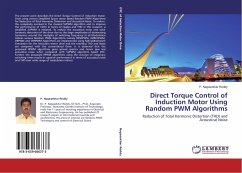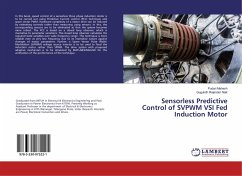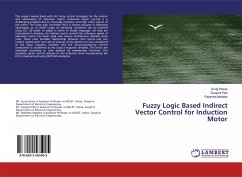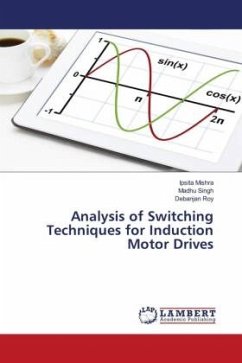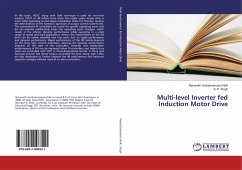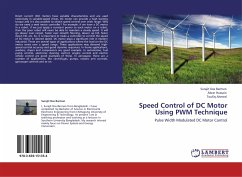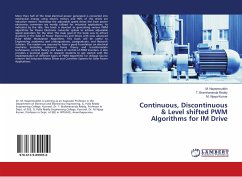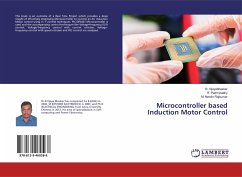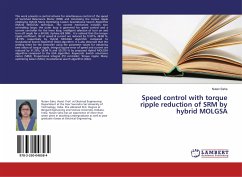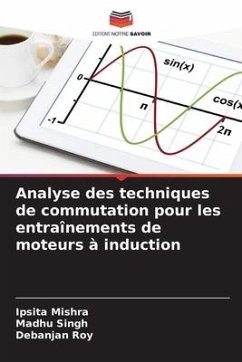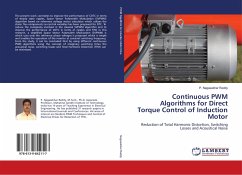
Continuous PWM Algorithms for Direct Torque Control of Induction Motor
Reduction of Total Harmonic Distortion, Switching Losses and Acoustical Noise
Versandkostenfrei!
Versandfertig in 6-10 Tagen
33,99 €
inkl. MwSt.

PAYBACK Punkte
17 °P sammeln!
The present work correlates to improve the performance of CDTC in terms of steady state ripples, Space Vector Pulsewidth Modulation (SVPWM) algorithm based on reference voltage vector calculator which utilizes the stator flux components as control variables has been proposed for DTC. To reduce the complexity involved in the classical SVPWM algorithm and to improve the performance of CDTC in terms of ripples and THD in this research, a simplified Space Vector Pulsewidth Modulation (SVPWM) is which uses only the reference phase voltages is proposed which is simple and enables the operation of th...
The present work correlates to improve the performance of CDTC in terms of steady state ripples, Space Vector Pulsewidth Modulation (SVPWM) algorithm based on reference voltage vector calculator which utilizes the stator flux components as control variables has been proposed for DTC. To reduce the complexity involved in the classical SVPWM algorithm and to improve the performance of CDTC in terms of ripples and THD in this research, a simplified Space Vector Pulsewidth Modulation (SVPWM) is which uses only the reference phase voltages is proposed which is simple and enables the operation of the inverter at constant switching frequency. From the study, it can be concluded that by using different continuous PWM algorithms using the concept of imaginary switching times the acoustical noise, switching losses and Total Harmonic Distortion (THD) can be minimized.



